What should I do with this pothos root?
Jessica Kessler
last year
Featured Answer
Comments (7)
Related Discussions
what should I do with roots that are out of the bottom of pots?
Comments (4)A lot depends on what you're planning on doing with the daffs. Are you trying to get them to bloom in the pots? If so, you needed to chill them before giving them enough warmth to sprout leaves. If you're going to stick em into the ground when it warms up, don't worry about the roots; transplanting them will probably be worse than leaving them underpotted for a while. If you're planning on moving the pots around, leaving them outside in the spring and summer, chilling them in the winter, and bringing them inside to force in the early spring, you probably want a deep pot so the bulbs can be planted several inches under the soil surface. Pat...See MoreDo Pothos root from a single leaf?
Comments (32)Cuttings (leaf) Many plants can be propagated from leaf cuttings. The pivotal point is whether or not the propagule is capable of forming adventitious buds, which are buds that form on plant parts other than leaf axils. A leaf axil is the crotch formed by the leaf stem (petiole) and the branch/ trunk/ stem it is attached to. Some plants have groups of cells that descend directly from embryonic cells engaged in meristematic activity. These cell groups can differentiate into buds/shoots from foliar embryos that formed as the leaf was forming. More commonly though, wound-induced secondary meristems can form when existing tissues already acting as part of an organ dedifferentiate into NEW meristematic regions (de novo regeneration), then redifferentiate into new organs (buds). If you want to be fairly certain that you'll be successful in your cloning attempts, make sure you include a latent or actively growing axillary bud, which would be located just distal to (above) where the leaf is attached to the stem. The downside to propagating from stem cuttings with a singular leaf in water is that often the bud is destroyed by rot, and/or, the type of root tissue that forms in water is physiologically very different from root tissue that forms in a solid, well-aerated medium. This difference is made manifest in the water-formed roots being very poor at taking up water from a solid medium, along with the fact that water roots are very delicate, almost brittle. As such, they handle the transition from water to soil poorly. Many leaf cuttings will readily produce roots to form 'blind cuttings', which means they are incapable of forming the adventitious buds which are a prerequisite to shoot formation on any cutting that does not include a node and an axillary bud. It is not essential that a leaf be attached to the propagule, as axillary buds are located distal to (above) the leaf and the scar left behind where a leaf was once attached. I don't know if your plant is one such, but if it lives on and on w/o forming a stem, you'll at least know the reason. To reiterate, it's best to bring an existing node with an axillary bud along for the ride or be ready for a disappointment. Blind cuttings can live for years, but eventually they collapse for no conspicuous reason. Al...See MoreWhat should I do with these roots?
Comments (24)BTW, I've pretty much destroyed nice plants by adhering too closely to such method ===>>> no tom.. you did all you could do to TRY to save them ... they were already destroyed.. by the time you got them .. its the optimist/pessimist conundrum ... dont you think?? when looking to buy one gal stock of any type of plant .. i was never adverse to tipping them out .. into my hand.. at the store.. and summarily refusing to buy the worst, especially in regard to roots .. EVEN IF I HAD TO WALK AWAY from a plant that had long been on my TO DIE FOR LIST ... [note the word die in there.. lol] ... the roots are really.. more important than the plant above.. so you should be shopping the root mass.. given the opportunity ... my concern with the one above ... second pic .. had i tipped it out.. would be the lack of white root tips ... but i usually shopped in spring.. when the roots were freshly growing .... i cant say i ever shopped conifers this time of year .... so perhaps the lack of white tips is OK... anyone???? ken...See Morewhat should i do with my newly rooted hydrangea es cutting?
Comments (1)It's never to late to plant hydrangeas. Just plant the new cuttings in the ground, in light shade, mulch it and keep it well watered and watch it grow!...See MoreJessica Kessler
last yearJessica Kessler
last yearTiffany, purpleinopp Z8b Opp, AL
last year
Related Stories
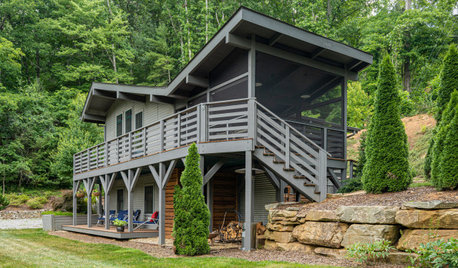
PORCH OF THE WEEKPorch of the Week: Bringing a House Back to Its Midcentury Roots
A designer transforms a North Carolina home with a screened porch addition, a butterfly roof and a unified exterior
Full Story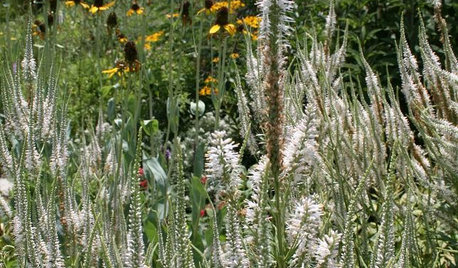
CENTRAL PLAINS GARDENINGGreat Design Plant: Culver's Root
Spiky summer blooms beloved by butterflies and architectural interest in winter make this Midwest native plant worth featuring in the garden
Full Story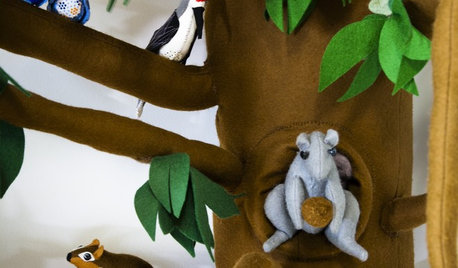
KIDS’ SPACESAn Enchanted Woodlands Playroom Roots for Imagination
Beguiling and creative, this storybook playspace in a Brooklyn brownstone is right out of a child's dream
Full Story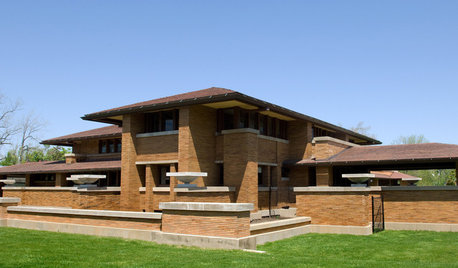
ARCHITECTURERoots of Style: Prairie Architecture Ushers In Modern Design
Twentieth-century Midwestern architects gave us broad-shouldered homes inspired by the landscape and modern times
Full Story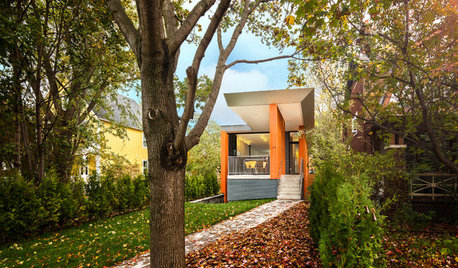
MODERN HOMESHouzz Tour: A Modern Home Rooted in Its Place
It's partially buried in the earth, but with a cantilevered roof and strong colors, this Ottawa home is anything but shy
Full Story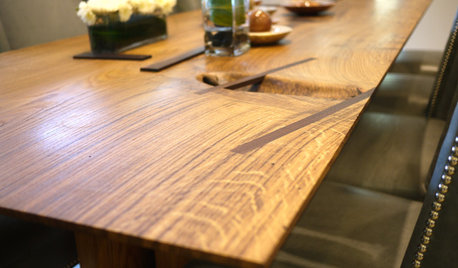
FURNITUREWood Furniture Has Root Cause
Sustainability is just the beginning with Robin Wade's lovingly made 'rustic modern' wood furnishings
Full Story
MODERN ARCHITECTURERoots of Style: International Style Celebrates Pure Form
Using technology and materials of the time, International style is always current. See its expression in these 16 homes around the world
Full Story
ARCHITECTURERoots of Style: The Segmental Vault Home
Distinctive and proud, these houses may be more common than you might first realize
Full Story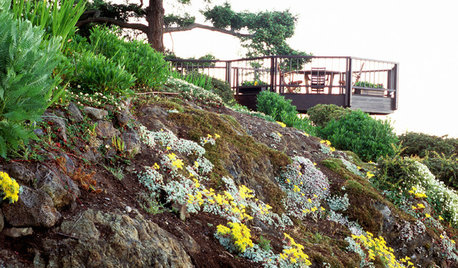
GARDENING GUIDESDesign a Garden by Looking at Its Roots
A sustainable, low-maintenance garden begins underground
Full Story
ROOTS OF STYLERoots of Style: The Birth of Modern Architecture
Learn how Prairie, Craftsman, art deco and other styles of the early 20th century came to influence architecture today
Full StorySponsored
Franklin County's Full Service, Turn-Key Construction & Design Company




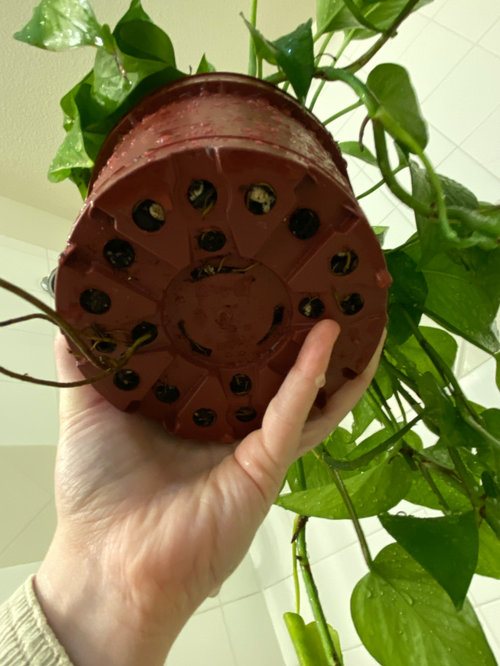
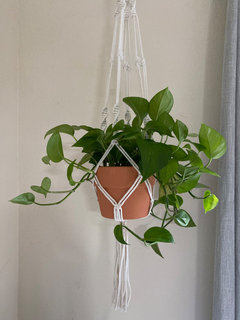

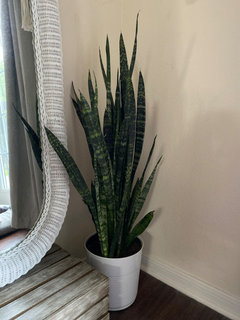
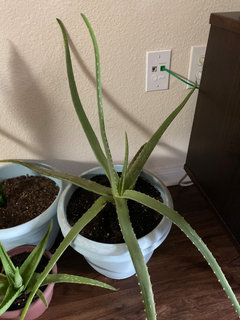
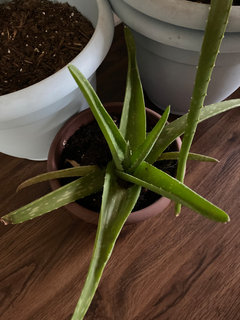
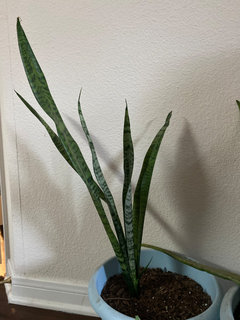


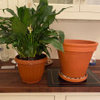
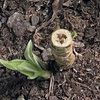
Tiffany, purpleinopp Z8b Opp, AL